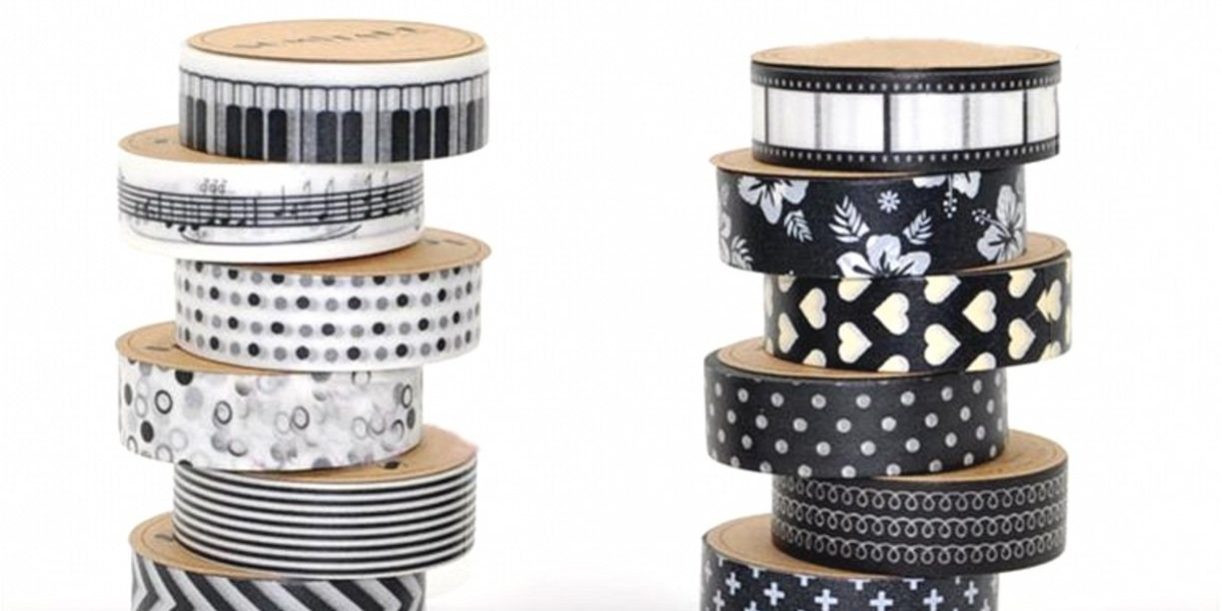In the world of architecture, where precision and innovation intertwine, masking tape has emerged as a dynamic tool that bridges the gap between meticulous planning and creative expression. In this blog post, we explore how masking tape contributes to architectural design and construction, enabling architects to translate their visions into tangible structures.
Concept Visualization: Masking tape aids architects in visualizing design concepts on a physical scale. It allows for the creation of mock-ups and models, helping architects refine their ideas and make informed decisions.
Spatial Planning: Masking tape is used to delineate spaces and layouts on floors, walls, and ceilings. It assists in configuring interior spaces and understanding how elements interact within the design.
Precision in Detailing: Architects utilize masking tape to mark precise locations for fixtures, finishes, and features during construction, ensuring accurate implementation of the design.
Temporary Markings: During construction, masking tape serves as a temporary guide for installations, such as electrical outlets, lighting, and plumbing, enabling contractors to follow the architectural plans accurately.
Facade Design: Masking tape aids in creating patterns and designs on facades, enabling architects to experiment with different aesthetic elements before finalizing the exterior appearance.
Application Tips: When using masking tape in architectural contexts, ensure that the tape adheres well to various surfaces. Test a small area to determine how the tape interacts with materials used in the project.
In summary, masking tape’s role in architecture is multifaceted, encompassing design visualization, spatial planning, and precision detailing. Its contribution to the translation of architectural ideas into real-world structures highlights its significance as a tool that marries precision and creativity in the pursuit of innovative design.
























